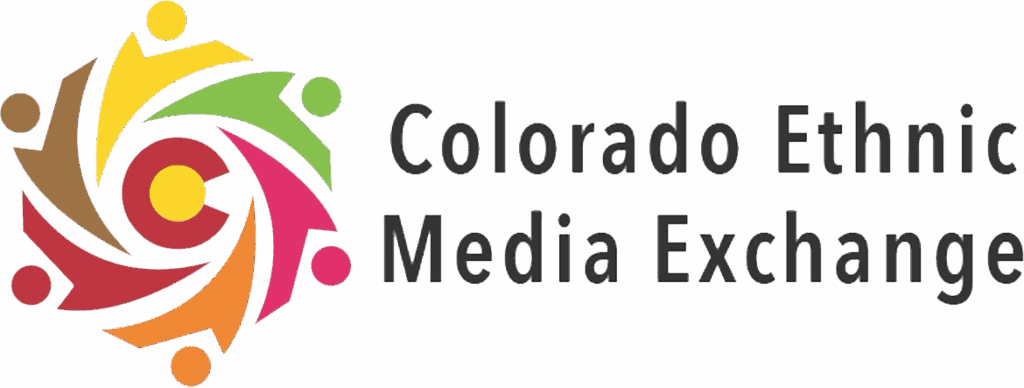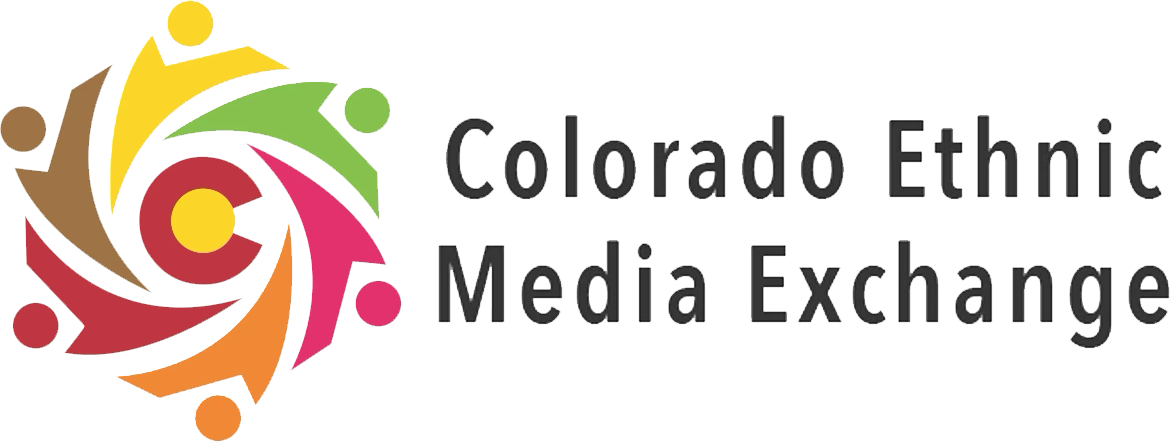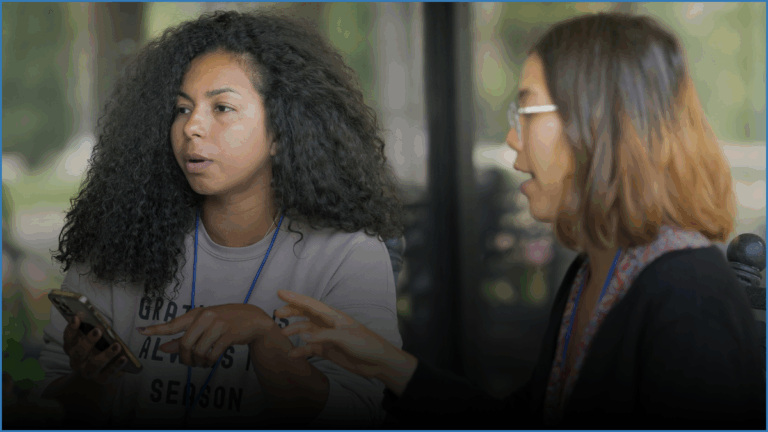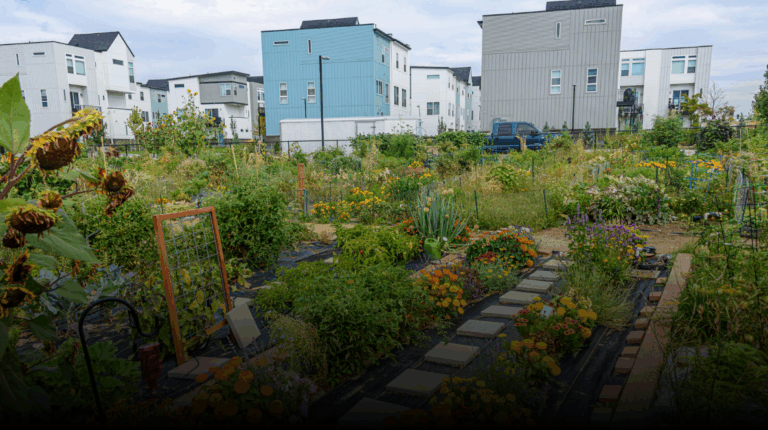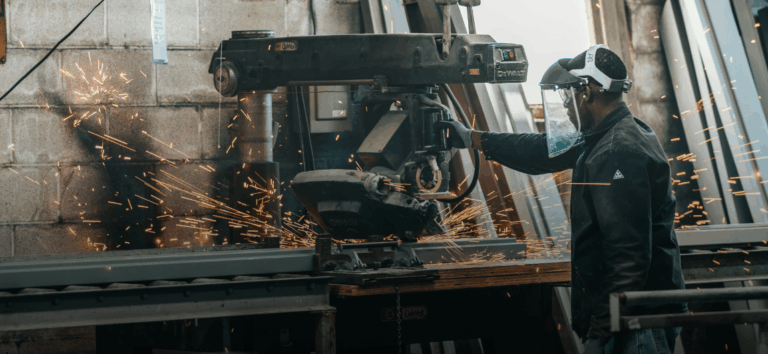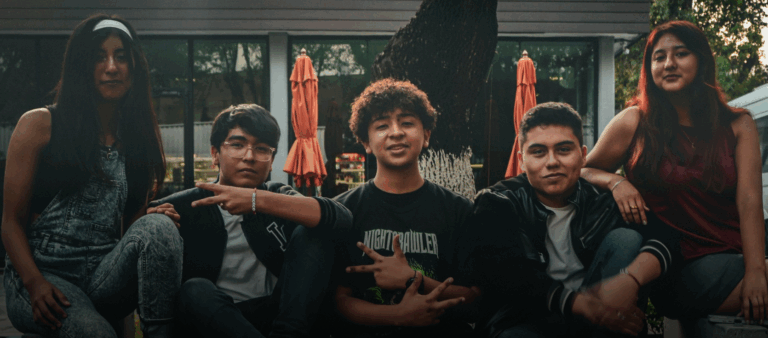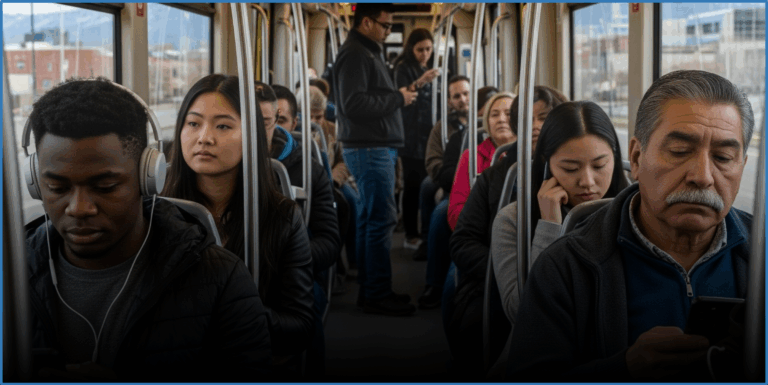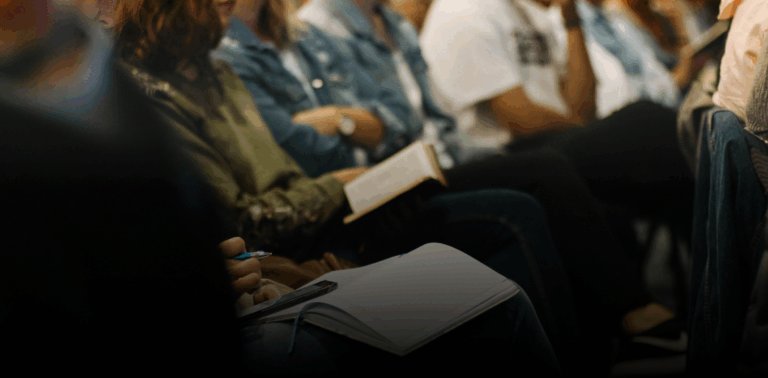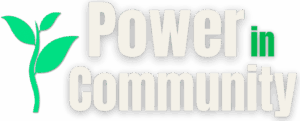
POWER IN COMMUNITY · NO. 3
Changing Ground
Always packing means never thriving.
Coloradans are pushing for a better way.
Rent is up. Evictions are up. Even staying put is getting harder on people’s budgets, health, and peace of mind. For many, it means cutting back to cover a rent hike or feeling dread when the lease renewal shows up.
If that’s you or someone you care about, know that this isn’t a story about individual choices. If that sounds like you—or someone you care about—it’s important to understand that this isn’t just a story about personal decisions. It’s a story about a system that wasn’t designed for everyone to thrive. When people come together to challenge that system, real change becomes possible.
“Think about the choices people have,” says Camila Lara, a program officer at The Colorado Health Foundation (CHF). “I’m working multiple jobs because I’m insecure about my housing. Transportation doesn’t come regularly to my part of town.’ Our focus on civic participation is because policy is often at the core of these issues.”
These policies aren’t random. They’re structural, shaped by forces like:
- Budget decisions that favor development over preservation
- Racist redlining policies that denied wealth creation to residents of color
- Zoning laws that prevent mobile home residents from building equity
- Tenant rights that lack real-world enforcement
Michael H. Smith, a senior program officer at CHF, adds: “When people don’t understand how we got here, they internalize it. They think, ‘I’m failing,’ instead of, ‘This system wasn’t designed with me in mind.’”
That sense of personal blame isolates people and keeps them feeling powerless. Community power changes that. These stories show what’s possible when communities and grassroots organizations across the state understand how power impacts their housing choices, then come together to create change.
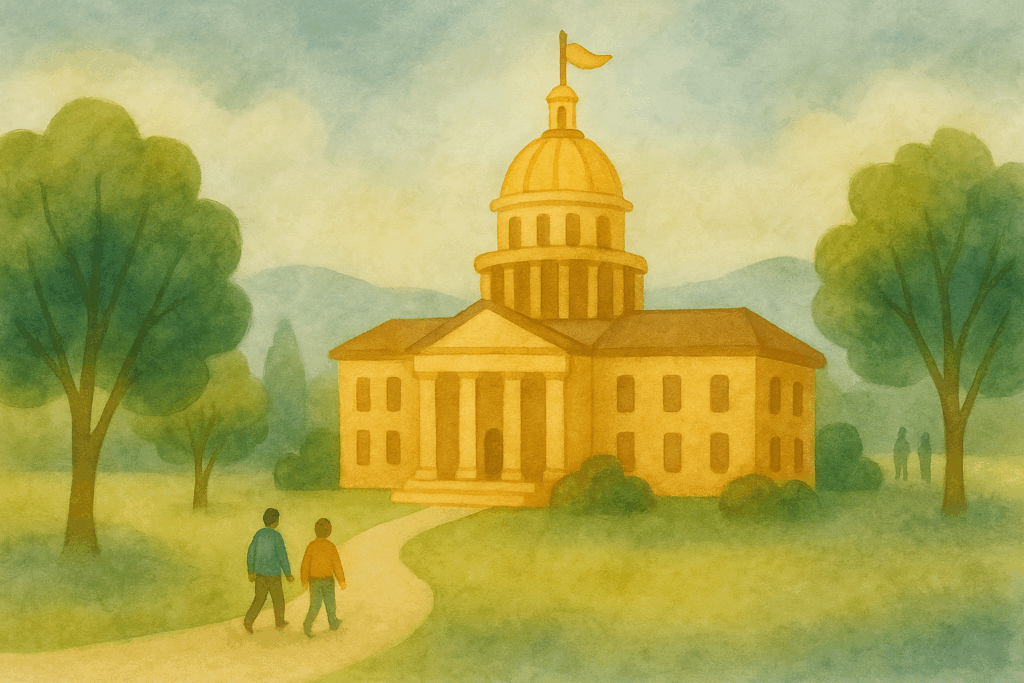
Turning Policy Into Possibility
When Colorado voters passed Proposition 123 in 2022, they unlocked millions of dollars for affordable housing.
But there was a catch: local governments had to opt in. And in rural Garfield County, where 3-Mile Mobile Home Park residents were working to buy the land under their homes, county officials initially said no.
That put residents in limbo. The state had money to help mobile home residents secure ownership and make critical safety upgrades, but unless the county took action, that money couldn’t reach the people it was meant to help.
So, residents organized. They gathered signatures, packed public meetings, and pressed officials to act. Their efforts paid off: Garfield County reversed its decision just before the deadline and opted in.
What it takes to make policy real: Policy change opens the door, but it sometimes takes local power to walk through it. Community organizing doesn’t just unlock access to funding—it ensures that solutions reach the people who need them most.

Think about the choices people have. 'I’m working multiple jobs because I’m insecure about my housing. Transportation doesn't come regularly to my part of town.’ Our focus on civic participation is because policy is often at the core of these issues.
CAMILA LARA,
PROGRAM OFFICER,
THE COLORADO HEALTH FOUNDATION
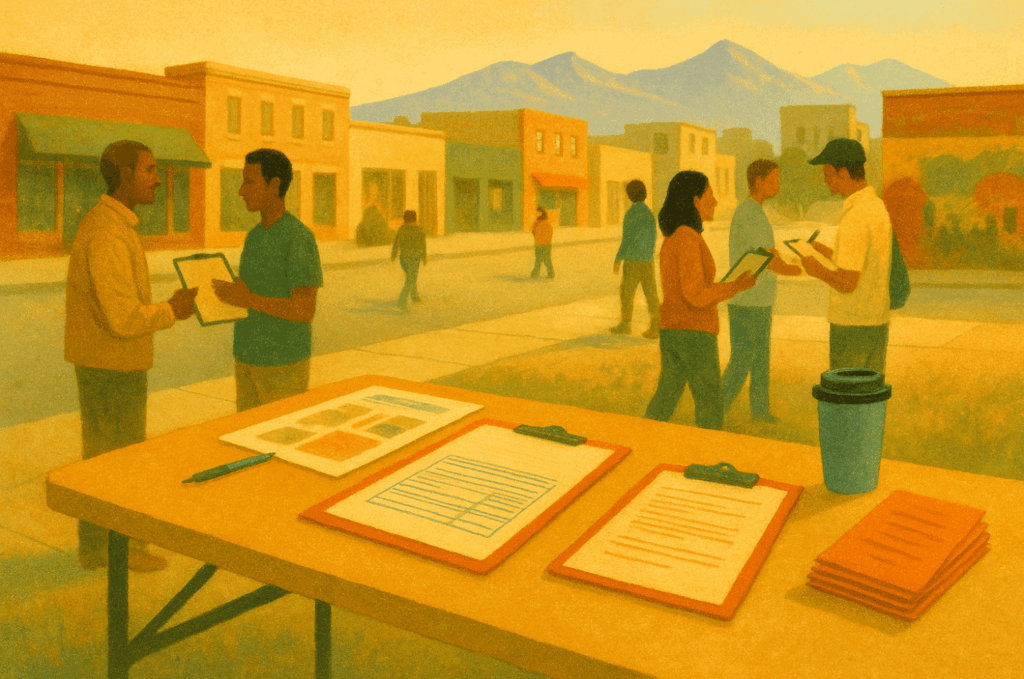
From Locked Out to Leading Change
In Denver’s East Colfax corridor, home to one of the state’s largest immigrant and refugee populations, a grassroots group called the East Colfax Community Collective (EC3) is rewriting the rules on housing access.
Language barriers shut many families out of the city’s rental aid program, so EC3 launched a multilingual Housing Access Campaign. They trained volunteers and recruited neighbors fluent in languages spoken by community members to walk residents through complex applications, interpret key conversations, and translate crucial documents to ensure they understood their housing rights and options.
EC3 also collected real-time data from the ground, worked with city officials to improve the rental assistance process, and secured funding to continue offering long-term community navigation.
That kind of effort matters, says Dr. Leo Kattari, senior officer for public opinion insights at CHF. “Policymaking and other systems are super nuanced and complex,” he explains. “Without experience and knowledge, we don’t know how they work, where we fit in, or how we can influence decision-making.”
Organizations like EC3 are the battery pack for community power. As Kattari puts it, “Advocacy groups who are doing the work already have the infrastructure to help people participate and push for change.” Today, EC3’s housing campaign is fully staffed and continues to support families in crisis.
EC3 reminds us that justice needs scaffolding. Community power isn’t just reactionary. It’s about building infrastructure for justice. EC3’s work shows how dedicated, community-rooted programs can become powerful bridges for historically underrepresented groups to organize, access what they’re entitled to, and shape systems that finally respond to them.
HOUSING BY THE NUMBERS
- In 2023, 17% of renters said they were afraid of losing their housing within two months. In 2021, that number was 5.6%.
- People experiencing housing instability are almost four times more likely to report poor physical health and three times more likely to report poor mental health.
- Colorado is missing about 134,000 affordable homes for households earning 30% or less of the area’s median income.
- For every 100 extremely low-income renters in Colorado, only 26 affordable homes are available.
- Between 150,000 and 230,000 households in Colorado have faced the risk of eviction in recent years.
Sources: 2023 CHAS, Colorado Health Institute; NLIHC Gap Report 2025; NLIHC, based on data from the Governor’s task force
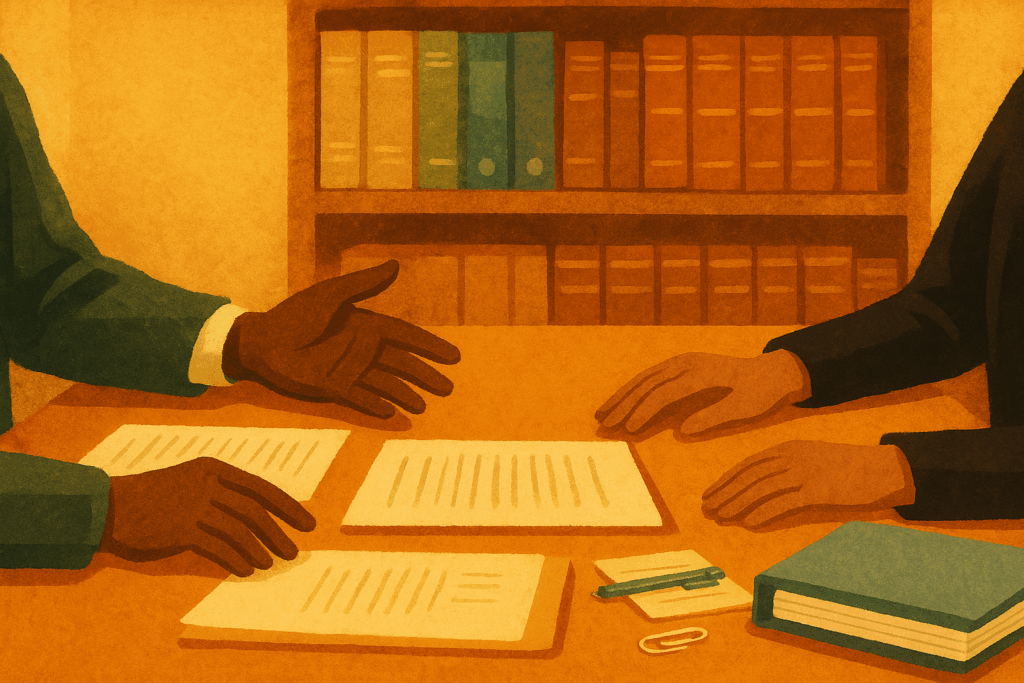
When Rights Need Reinforcements
On paper, Colorado tenants have the right to safe, livable housing and protection from retaliation by landlords.
But those rights often go unenforced without legal help, political access, or time to self-advocate. As Smith notes, “There’s simply a lack of enforcement from the public sector.”
This is a feature of systemic inequality, and it’s precisely where legal empowerment becomes a tool of community power. “Incredible headways are being made at the intersection of community organizing and litigation,” Smith says. Those gains often begin when legal strategy is rooted in communities’ lived experience and collective action.
The Community Economic Defense Project (CEDP), a community organizing effort to protect Colorado renters from eviction and displacement, launched in 2020 as a rapid response to pandemic-era housing crises. Since then, it has become one of Colorado’s most effective forces for economic and housing justice. The organization combines legal services, emergency aid, and bold policy advocacy.
Their attorneys and navigators have supported more than 31,000 Coloradans. In 2024 alone, CEDP helped pass eight landmark laws protecting renters from unjust evictions, unsafe housing, and more. These wins reflect CEDP’s distinctive approach: using on-the-ground client experience to drive systemic change and create lasting benefits for entire communities.
“[Community-serving] organizations are knowledgeable in ways many of us are not as individuals,” Kattari notes. “They can tell you exactly what is needed from you.” That clarity—knowing when to show up, what to say, and how to act—often turns frustration into impact.
CEDP demonstrates how rights become reality: When people face unfair systems, knowing their rights isn’t enough. They need support to act on those rights. CEDP shows how pairing legal help with community engagement can turn frustration into real change, not just for one tenant but for thousands.
Seeing the System for What It Is
Housing instability is the predictable result of systems prioritizing some lives over others. These systems don’t just make it hard to find or keep housing.
They shape who gets to live where, under what conditions, and with what rights.
But the truth is: these systems are made by people. And they can be remade. Think of the stories above as blueprints. Real change can happen when the people most affected call on their neighbors and community-based organizations to reshape policy.
From Concern to Action
Start small, but start somewhere. Every story in this article began with people refusing to accept the status quo on housing instability. Here’s how you can be part of the shift:
- Learn who holds power locally. City councils, planning commissions, and housing authorities make decisions that shape your community. Show up to one meeting. Ask a question. Stay curious.
- Join forces. Whether you’re a renter, a homeowner, or someone who cares, your voice has more weight when it’s collective. Tenant groups, housing coalitions, and mutual aid networks are doing the work. Find one near you.
- Support community-rooted solutions. Organizations like the Colorado Health Foundation invest in the people and places that are too often overlooked. You can do the same by amplifying, donating, or volunteering.
The Power in Community series is presented by The Colorado Health Foundation, working statewide to improve the health of Coloradans through community-informed investments and policy change. Learn more at coloradohealth.org.
Distributed by the Colorado Ethnic Media Exchange, a statewide network of newsrooms serving Colorado’s diverse communities and advancing equitable representation in media. Produced by Angle Content & Strategy, which builds mission-aligned content, tools, and partnerships that grow community agency.
About this article: All editorial decisions, reporting, and writing were carried out by human beings. Spanish-language versions were first translated using ChatGPT (OpenAI) and then reviewed and refined by a professional bilingual editor.
All inline illustrations were created using ChatGPT. The featured image was sourced from Shutterstock. Image credit: Nicholas Courtney
